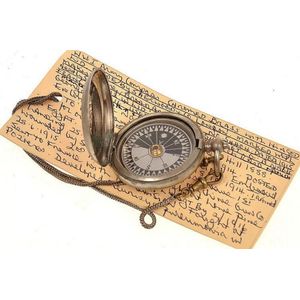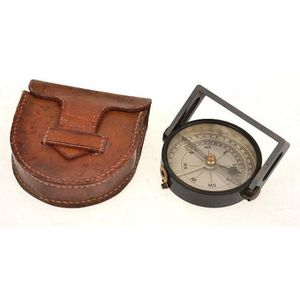Swan Mantle Clock by R. Simonot Dormans
You must be a subscriber, and be logged in to view price and dealer details.
Subscribe Now to view actual auction price for this item
When you subscribe, you have the option of setting the currency in which to display prices to $Au, $US, $NZ or Stg.
- Art Deco Period - The Art Deco period was a cultural movement that emerged in the 1920s and 1930s, and was characterized by its emphasis on modernism, luxury, and elegance. The name "Art Deco" comes from the Exposition Internationale des Arts Décoratifs et Industriels Modernes, a large exhibition held in Paris in 1925 that showcased the latest trends in decorative arts.
Art Deco was a reaction against the ornate and elaborate styles of the previous era, and reflected a new modern sensibility. It was characterized by streamlined, geometric shapes, bright colours, and the use of new materials such as chrome, glass, and Bakelite. Art Deco designers sought to create a sense of luxury and sophistication, often incorporating expensive materials such as ivory, marble, and rare woods.
Art Deco had a significant impact on a wide range of artistic fields, including architecture, fashion, graphic design, and interior design. Some of the most iconic examples of Art Deco architecture include the Empire State Building in New York City, the Hoover Building in London, and the Palais de Chaillot in Paris.
The Art Deco period came to an end in the 1940s, as World War II and changing cultural trends led to a shift in artistic styles. However, Art Deco remains an important influence on design and art, and continues to be celebrated for its modernist sensibility and glamorous aesthetic. - Onyx - Onyx is a form of agate, used from antiquity and popular again in the 1920s and 30s. European onyx is generally green, but can be many other colours, and can contain bands of black and/or white.
This multicoloured stone is widely used for table tops, lamp bases and in jewellery. Some types of onyx are also used for cameos of which the upper white layer is cut away to reveal the colour beneath.
This item has been included into following indexes:
-
clocks, material or decoration
- marble and slate, Art Deco 69
- marble or slate 425
- onyx 28
Visually similar items

A World War I army compass believed to Have been used by Sgt. George B. Nagle 1st Machine Cun Company, By 'Sherwood & Co. London no. 54404 1915', chromed brass, inscribed to lid '1st Mgc 546 Sgt G B Nagle France 16.6.16', with a copy of Nagle's war records

A vintage compass by E.R. Watts & Son London. Brass, with leather pouch

A Fortis replica 'Harwood' 1926 automatic wristwatch, 1986, twenty one jewel automatic movement, Cal 8510. No.113 with nurled bezel hand set, with box and case. Diameter 34 mm.

French portico black & marble slate clock having a white enamel gilt face dial with Roman numerals, with a mercury pendulum. Condition: good, one loose foot, working order. Height 39.5 cm
